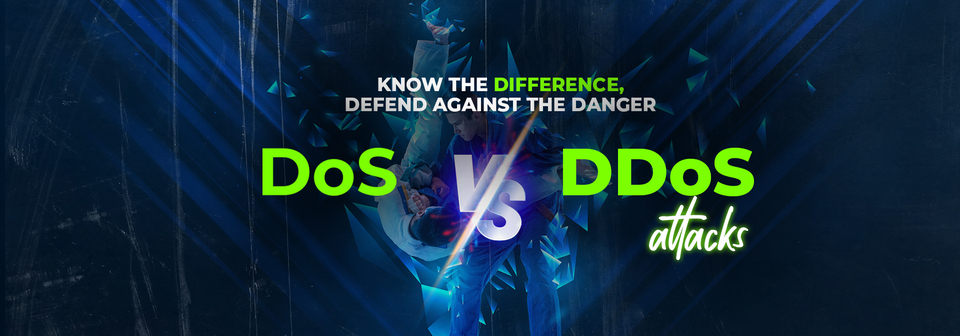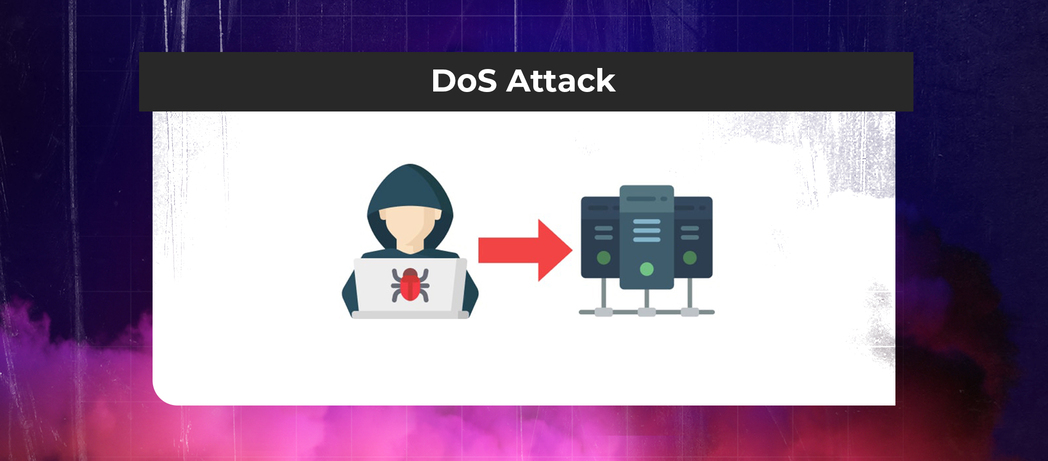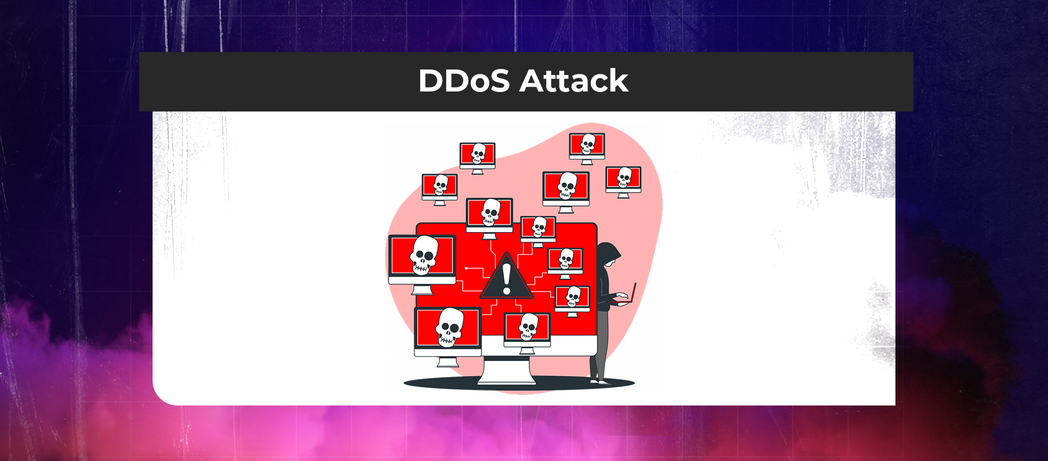
In today’s digital age, the threat of cyber attacks is becoming increasingly prevalent, and one of the most common types of attacks is the Denial-of-Service (DoS) and Distributed Denial-of-Service (DDoS) attacks. These attacks are designed to overload and crash a website or network by flooding it with an enormous amount of traffic or requests, making it unavailable to its intended users. Although these two types of attacks share a similar goal, there are significant differences in their methodology, severity, duration, motivation, and prevention and mitigation techniques.
PeoplActive is an ISO 27001:2013 certified leading tech hiring platform. By utilizing an exclusive network of 4000+ Silicon Valley calibre tech talent specialized in 100+ in-demand IT skills, it was pretty easy for businesses to hire game-changing engineers and developers in just 48 hours. So, if you want to accelerate your business, schedule a quick call with our experts now.
In this blog, we will explore the differences between DoS and DDoS attacks in more detail, and provide insight into how these attacks work, the damage they can cause, and the best practices to protect against them. We will also cover the various prevention and mitigation techniques used to safeguard systems and networks from these types of attacks.
Table of Contents
ToggleWhat is a DoS Attack?
A DoS (Denial-of-Service) attack is a cyberattack in which a single device or computer is used to flood a website or network with a massive amount of traffic. The DoS attack aims to overwhelm the system’s resources, making it impossible for legitimate users to access the website or network.
There are several types of DoS attacks, including:
- Ping of Death Attack: In this type of attack, the attacker sends a malformed ping request to a website or network, causing it to crash.
- SYN Flood Attack: In this type of attack, the attacker sends a large number of SYN requests to a website or network, overwhelming its resources.
- Smurf Attack: In this type of attack, the attacker sends a large number of ICMP echo requests to a network, amplifying the attack and overwhelming its resources.

Want to know what we can do for your security?
What is a DDoS Attack?
A DDoS (Distributed Denial-of-Service) attack is a cyberattack in which multiple computers or devices are used to flood a website or network with traffic. The devices used to launch the attack are often compromised by malware, which turns them into bots that can be controlled by the attacker.
DDoS attacks are more difficult to defend against than DoS attacks because they come from multiple sources and are often distributed across different geographic locations. DDoS attacks can be used to overwhelm a website or network with traffic, making it inaccessible to legitimate users.
DDoS assaults come in a variety of forms, including:
- Botnet Attack: In this type of attack, the attacker uses a network of compromised devices, known as a botnet, to flood a website or network with traffic.
- DNS Amplification Attack: In this type of attack, the attacker sends a large number of DNS requests to a server, amplifying the traffic and overwhelming its resources.
- Smurf Attack: As mentioned above, a Smurf attack can also be a type of DDoS attack, in which the attacker sends a large number of ICMP echo requests to a network, amplifying the attack and overwhelming its resources.

Key differences between DoS and DDoS
Here are some detailed differences between DoS and DDoS attacks:
Source of Attack
The primary difference between DoS and DDoS attacks is the source of the attack. In a DoS attack, the attacker uses a single device or network to carry out the attack, while in a DDoS attack, the attacker uses a network of compromised devices (botnet) to flood the target with traffic.
Scale
The scale of the attack is another critical difference between DoS and DDoS attacks. In a DoS attack, the attacker can only generate a limited amount of traffic, which may not be enough to bring down a well-protected website or network. In contrast, a DDoS attack can involve thousands or even millions of devices, generating massive amounts of traffic that can overwhelm even the most robust defenses.
Complexity
DDoS attacks are generally more complex than DoS attacks. The attacker needs to infect a large number of devices with malware to create the botnet, which requires advanced technical skills and knowledge. Additionally, DDoS attacks may use different techniques to evade detection and mitigation, such as IP spoofing, amplification attacks, and randomization of attack patterns.
Duration
DoS attacks are typically shorter in duration than DDoS attacks. A DoS attack may last a few minutes to a few hours, while a DDoS attack can last for days or even weeks. The longer duration of a DDoS attack makes it much more challenging to mitigate and recover from.
Impact
DoS attacks and DDoS attacks can both have a significant impact on the target website or network. However, DDoS attacks can be much more damaging, as they can result in extended periods of downtime, data loss, and financial losses.
Motivation
DoS attacks are usually carried out by individuals seeking attention or revenge, while DDoS attacks are often carried out by organized criminal groups, hacktivists, or state-sponsored actors seeking to disrupt or damage a target website or network.
Also Read: Role Of Cyber Security In Compliance: A Comprehensive Guide
Wrapping it up
While both DoS and DDoS attacks have the same goal of disrupting or disabling a website or online service, there are significant differences between the two. DoS attacks involve a single device or network flooding a target system with traffic, while DDoS attacks involve multiple devices or networks working in unison to flood a target system with traffic. DDoS attacks are typically more powerful and sophisticated than DoS attacks due to their larger scale and use of botnets. Additionally, DDoS attacks can last for hours, days, or even weeks, making them more difficult to defend against.
Website and online service operators need to be aware of the differences between DoS and DDoS attacks and to have proper security measures in place to prevent, detect, and mitigate these types of attacks. This can include measures such as network monitoring, firewalls, and anti-DDoS solutions. By understanding the differences between DoS and DDoS attacks and taking appropriate security measures, website and online service operators can help ensure the continued availability and security of their systems.
Cyber crimes are a serious and growing threat to businesses of all sizes. A single vulnerability is all it takes to bring down a company, making it imperative to safeguard against these risks. A cyber security engineer is an expert in preventing cyber attacks and can provide the necessary tools and knowledge to protect your business. Act now and hire a Cybersecurity engineer within 48 hours to safeguard your business and your customers’ data.
Hire Top 3% Cyber Ninjas you IT team needs


